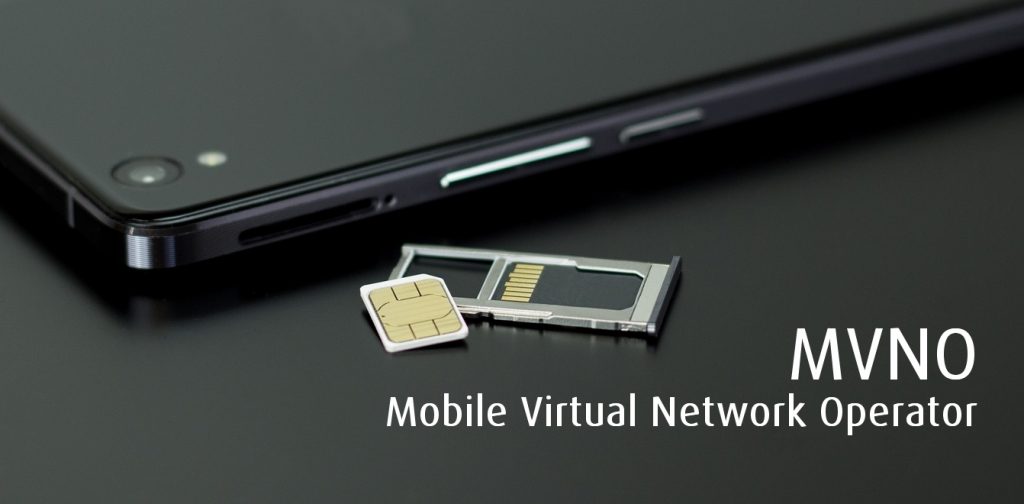Telecoms.com periodically invites third parties to share their views on the industry’s most pressing issues. In this article, the MVNOs Series talks to telecommunications expert Gary Bhomer to get his views on the current state of APAC’s MVNO sector. With over 25 years’ experience in the Telecommunications industry, Gary Bhomer discusses growth drivers in the region, eSIM, digital enablement, 5G and the emergence of b-brands in this e3xclusive Q&A.
Could you start us off by telling us a bit about growth in the APAC region?
The APAC MVNO market is indisputably both the most diverse and fastest growing MVNO region in the world. Naturally, growth and adoption vary greatly between countries, with some slower than others, but that does not detract from its overall growth performance when compared to other regions. between countries. Whilst there are a few countries where activity is high, countries Australia, Japan, Hong Kong, Malaysia and South Korea are ones to watch as they are leading the way with MVNO adoption in the region.
Markets like Australia and New Zealand are well developed with similar MVNO penetration and characteristics to major European countries. Japan, South Korea, Malaysia and Singapore are well developed Asian markets with substantial progress in MVNOs. Then you have the rest of the Southeast-Asian markets like Indonesia, Thailand, Vietnam, to name but a few, which have only opened up relatively recently to MVNOs. If we add China into that mix, you’ll see that Chinese operators are currently in the process of entering other markets as an MVNO, and you’ll also see a substantial mix of MVNOs in their home market, with more of a focus on large Enterprise MVNOs like Alibaba and Lenovo. India has so far has seen very little in terms of progress of MVNOs, but it remains a huge opportunity just the same.
Generally speaking, the regulatory environment in most Asian countries has become much more supportive of MVNOs, resulting in accelerated MVNO subscriber growth in the region. APAC really is a fascinating region in terms of MVNO development with quite diverse telecoms regimes and stages of development where each country has its own unique characteristics.
Of the many exciting technologies entering the market, which ones do you think will have the most significant impact on MVNOs in the APAC region and why?
There are two major developments that I see having a substantial impact on the MVNO market, which are eSIM and digital enablement.
Starting with the former, eSIM will soon to be ubiquitous amongst handheld devices. Indeed, this virtual solution to the SIM is set to become available by default on the majority of new handsets being launched. In markets where MVNO penetration is sub scale (i.e. < 20%), like most Asian markets, this technology will create a huge opportunity for MVNOs to attract and connect with new customers. Especially as eSIM technology becomes more mainstream.
It will, further, substantially simplify and accelerate the process of migrating from one provide to another, removing a barrier to change similar to what Mobile Number Portability (MNP) did for the industry over the past 10-15 years.
Onto the latter, digital enablement is sure to cause waves in Asia because of the region’s demographic. That is, Asia’s demographic chiefly comprises young users who are, by and large, tech-savvy, active mobile users. As one might expect, the younger mobile users like to use their mobile phone for just about everything and anything, preferably through an intuitive user interface or an app where they have full digital access to various services and contextually relevant offers. Here, we are not just talking about flexible and personalised plans, we are talking about gaming, e-commerce, and value-added services etcetera.
We have already seen the success of Circles.Life in Singapore and Yoodo in Malaysia, both of which have developed business support platforms through which they can use insights and data analytics to quickly launch new products and services for their customers in a more intuitive and engaging manner.
I expect many more new MVNOs to enter the Asian market and beyond being fully digital as those that do not adapt will be left behind.
There is lots of evidence about digital disruption in other industries like taxi (e.g. Uber and Grab), travel and accommodation (e.g. Tripadvisor, Airbnb), media and entertainment (e.g. Netflix, Prime, Apple) etc. All of these services have been enabled by communications networks but they have not had a proportionate increase in commercial benefit. The Telecoms industry must adapt or it risks being left as a pure ‘bit pipe’ player.
What are your thoughts on 5G, what are your predictions and expectations for 5G launch and roll out, and how do you think the above will affect MVNOs?
There is a lot of hype surrounding 5G, and with good reason. 5G promises to improve speed and lower latency in ways no technological development has done before. Symptomatic of these benefits is the enablement of new business models. Ones that revolve around IoT connectedness, driverless cars, new industry models in healthcare, manufacturing, smart cities, in particular, can flourish given 5Gs high speed and low latency capabilities. Overall, I predict that 5G will transform the industry over the mid-long term.
In the short term, I am of the view that MVNOs are unlikely to reap any major benefit from 5G. Not least because in order for MVNOs to access 5G, mobile network operators (MNOs) would have to agree to resell the 5G access to them. If the past is anything to go by, we should expect to wait some time before this happens: there are still some operators limiting access to 4G technologies, despite its widespread adoption over the past 5 or so years. Removing MVNOs even further from the possibility of harnessing 5G for their own gains, there is also a distinct possibility that operators will seek to charge a premium for 5G access.
Where operators are willing to provide 5G for their MVNOs, I expect the initial use case to be around mobile or fixed broadband replacement, given its initial, more limited coverage. This will likely be followed by 5G mobile plans with the promise (and delivery) of higher speeds and allowances.
And onto IoT, what impact will this technology have on the APAC region?
IoT is still in its early stages, but I feel we’re on the cusp of more widespread adoption. There is no shortage of devices, platforms, networks and solutions, however these essential inputs haven’t really managed to come together to offer end-to-end solutions. This is where MVNOs get to play an important role moving forward, as they can take away the complexity for potential end users via partnering with relevant providers. These IOT MVNOs will have to move away from traditional consumer mobile offerings to more complex B2B solution providers in order to become successful.
In your panel discussion at this year’s MVNOs Asia event, you’ll be discussing the growth of b-brands in the APAC region. Could you tell us a bit more about this?
Most countries have seen an increase in b-brands, which is where an incumbent mobile operator uses a second brand to target a segment or demographic their existing brand has difficulty addressing. It is also a way for an operator to protect its retail brand when targeting customers with lower ARPU seeking a simpler offering without the bells and whistles traditional operators offer. This has been the traditional domain of a large number of successful MVNO’s and therefore has a negative impact as they are seeing their bases targeted by these b-brands putting more pressure on MVNO revenues and margins.
As a result of b-brands entering the market MVNO’s have to work even harder to develop and deliver a differentiated and compelling proposition. It is not enough to have cheaper prices and low-cost distribution as these are not sustainable differentiators. MVNO’s must therefore develop new products and partner with companies that can help them evolve and adapt to the ever-changing dynamics of the marketplace.
 MVNO MVNE MNO Mobile & Telecoms industry intelligence Telecoms Jobs, News and Business
MVNO MVNE MNO Mobile & Telecoms industry intelligence Telecoms Jobs, News and Business


